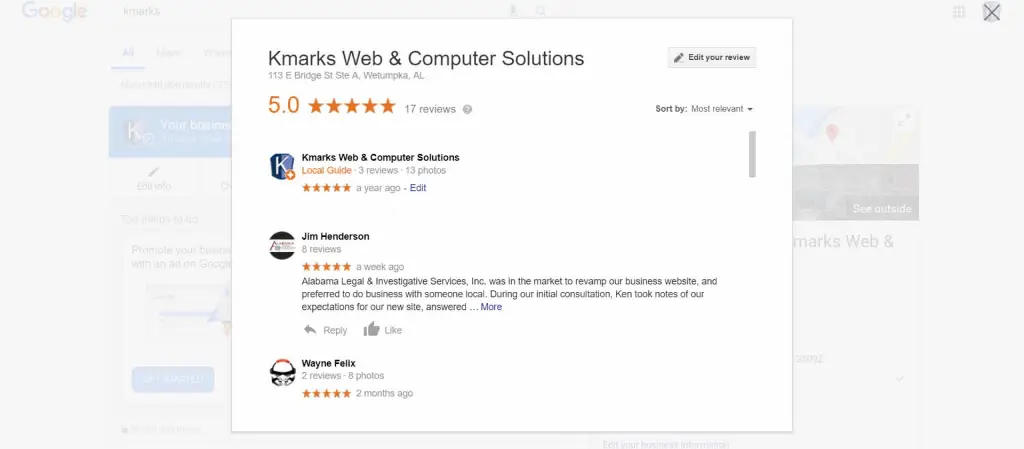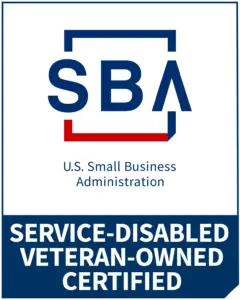When it comes to attracting new clients, few things are more powerful than social proof. If you haven’t heard the term before, it means that shoppers often move as a group — more likely to jump on the bandwagon than to opt for the road less traveled. While individuals might not find this characterization flattering, it’s a marketing truth that you can leverage to bring new clients knocking. Testimonials, reviews, and case studies are the tools to make it happen. Know more with Kmarks Solutions on how to ask for testimonials and take advantage of these credibility boosters to bring in new clients.
How to ask for testimonials (and why)
A testimonial is a direct quote from a client reporting how great your business is. What better way to show off your value than by letting happy customers do the talking?
Testimonials are generally short and to the point. Because they take up little physical space, they can easily be added to your website, print collateral, and email outreach.
In one case study, a company increased sales by 34 percent by adding three lines of testimonials to its sales page.
If you’ve never attempted it before, obtaining testimonials may seem daunting. Turns out, it’s easier than most people expect. In many cases, all you have to do is ask. Timing is key. The ripest moment is when you’ve successfully delivered that new website — especially if you’ve over-delivered.
One of the smoothest ways to painlessly collect testimonials is to send out a short satisfaction survey containing three or four questions, similar to this:
•How do you like the design and function of your new website?
•How would you rate our timeliness and responsiveness in meeting your requests?
•Would you recommend our services to others? If so, why?
The answer to number three is how to ask for testimonials. If the client provides a positive response that’s not worded ideally, summarize it with any necessary editing and ask if you can use it as a testimonial. This neatly sidesteps the paralysis that some people get when directly asked to write a testimonial. Of course, if your survey reveals the client isn’t happy, fix the issues and try again.
Instead of a survey email, some designers and developers create a survey page on their website that includes a textbox specifically asking for a testimonial. On project completion, they send out a link. Others feel an email is more personal and likely to generate a better response.
How to ask for reviews
Unlike testimonials — which are usually included in your website and promotional materials — reviews are often located elsewhere. Reviews on sites like Yelp, Google, and Facebook can act like a magnet, attracting new customers to your door. The bad news is that unhappy clients are the most likely to leave reviews on their own. The good news is that these days, all customers recognize the importance of reviews, and to build a trove of good ones often all you need to do is ask.
Make sure you’ve already set the foundation in place by creating profiles on the most popular review sites. Include direct links to the profiles in multiple places. Your website, newsletter, and follow-up emails are prime locations.
Editor’s note: Looking for an easier way to manage your business’s information on multiple online review sites? Check out GoDaddy’s Local Business Listings tool. You simply update your business listing from one convenient dashboard and the changes appear across all sites.
The next time a client compliments your service, tell them you’d appreciate it if they would leave the same feedback in an online review and provide one-click links that take them directly to the review sites. Online recommendations like these have become nearly as influential as direct referrals, with 85 percent of consumers trusting online reviews as much as personal recommendations — so this is well worth the effort.
Let’s take your first step towards a thriving online presence. Contact us today at (334) 472-0686 to get started.













